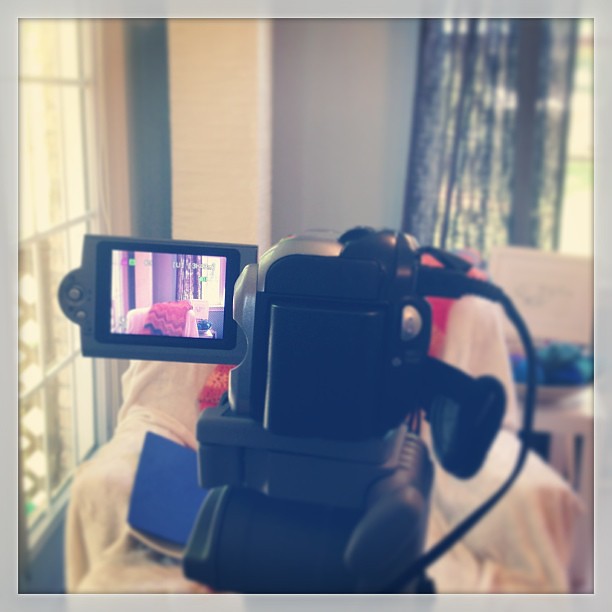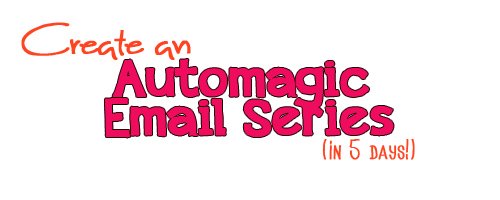I talk a lot about what the real work in your creative business is: it's your job to follow your enthusiasm, to communicate clearly, to create a path for the customer.
I focus on what your job is, because there's so much that your job is not. It's not your job to change someone's mind. It's not your job to solve all of your people's problems. It's not your job to to make your buyer use the product they bought.
It's not even your job to convince anyone to buy your work.
This is where people get confused about what marketing is. They think it's being convincing, cajoling or self-promotional (as you know, I hate that.) But what if it wasn't?
What if your main job when sharing your work was simply to communicate your passion clearly and with love?
Would that make it easier to talk about your work?
Would that make it something you looked forward to doing?
Good news!
It is this simple.
In fact, forgetting the simplicity, and trying to do something unnatural (self-promotion) or just giving up all together, is why your work languishes in obscurity. Being something that you're not, or using generic words for your work, sounds a warning alarm in your reader. It's an integrity thing: when the words you use don't line up with your passion, enthusiasm, and magic, it feels off or phony. That off-ness silences your true voice while turning off your readers.
So now the question you have to find the answer for is: How do you remember that all you have to do is communicate clearly and enthusiastically, without convincing? How do you start to feel great about sharing your work?
Here's what I've found works:
1. Figure out what words will communicate what makes your work awesome. (Hey, we've got a class for that.)
2. Stop trying to convince anyone. Focus on your Right People, and talk to directly to them.
3. Experiment, experiment, experiment. Try stuff. See what works, try other stuff. See each “failure” as an opportunity to tune into what doesn't work, and permission to try something totally new.
4. Listen in to what your buyers love, and reflect those words back, by using them in your descriptions, pages, and conversations.
5. Keep your eyes on your own work. Don't let other people's success (or marketing) distract you. What works for them might not work for you…and that's perfect. That means you are fantastically unique.
Do you get distracted by convincing or comparing?
What step will you take today to make it easier to share your work?

















